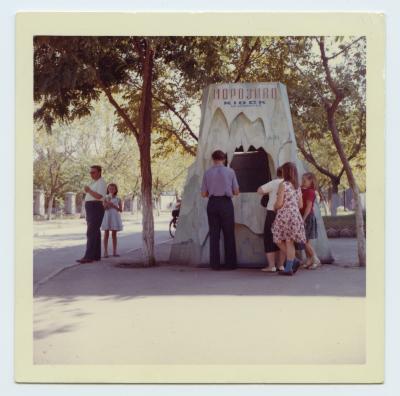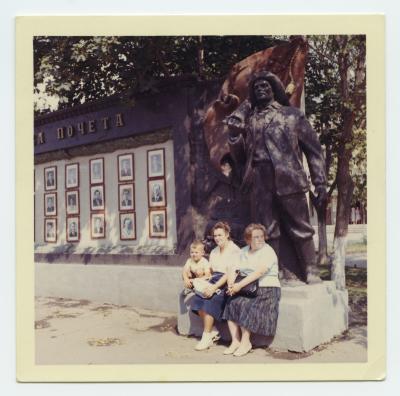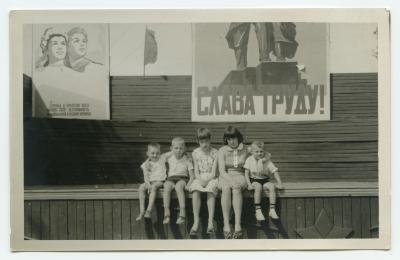Marianne Dekker
In the 1960s and 1970s, the Dekker-Tereshchenko family regularly made trips from the Netherlands to the Soviet Union, including the Ukrainian SSR.
They would go far behind the Iron Curtain to visit the family of Mariana's mother, Lydia, who was born in Ukraine. At the age of sixteen, during World War II, Lydia, like many of her peers, was forcibly taken to Germany for compulsory labor. Before the end of the war, she and two other women managed to escape to Limburg in the Netherlands. There, Lydia met Marinus Dekker. They married in The Hague and had three children: Zhorzheta, Mariana, and Yura.
After the war, Lydia did not maintain contact with her family from Ukraine. Only in the second half of the 1950s did she receive news from the Red Cross that her family was alive.
In 1963, Lydia visited her family for the first time with her husband and children. Their trip began with a train from Hoek van Holland to Moscow; then, they had to make several more transfers to get to Chystiakove (which was renamed Torez in 1964). Lydia's family lived there at 7 and 9 Prygorodnaya Street.
Lydia's husband, Marinus Dekker (1925-1978), was an avid photographer; thus, he recorded most of her trips behind the Iron Curtain in photographs, slides, and films. Unfortunately, the films have not been preserved.
Familiar families in the Netherlands considered these trips a dangerous venture. However, when Marinus returned home, he eagerly showed that, in fact, his family had a good time with their relatives. They managed to travel around the neighborhood of Torez, to Sviatohirsk, to Donetsk, to Kyiv, and then to several other cities in the Ukrainian SSR.
In 2017, in memory of her father and relatives, Mariana digitized and arranged part of his collection of photographs and slides. In March 2023, Mariana donated the digital copies to the Urban Media Archive of the Center for Urban History.
You can see a printed album with travel materials in the Center's library.















